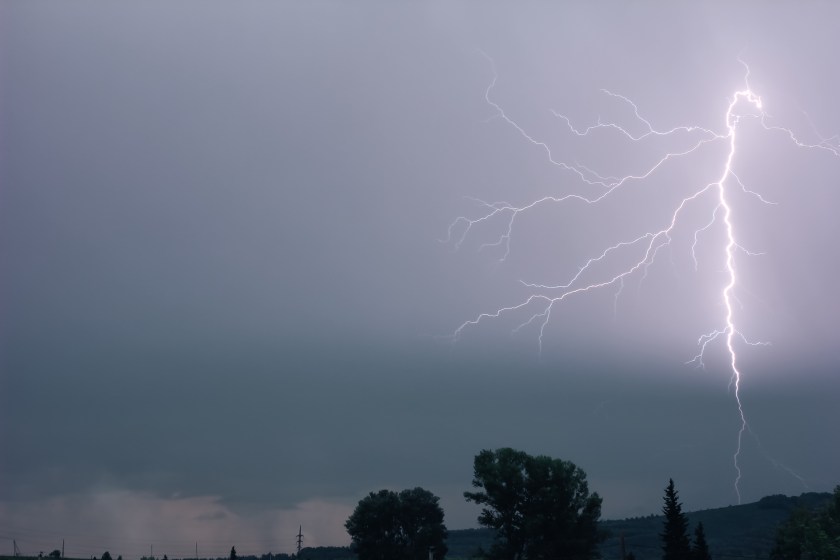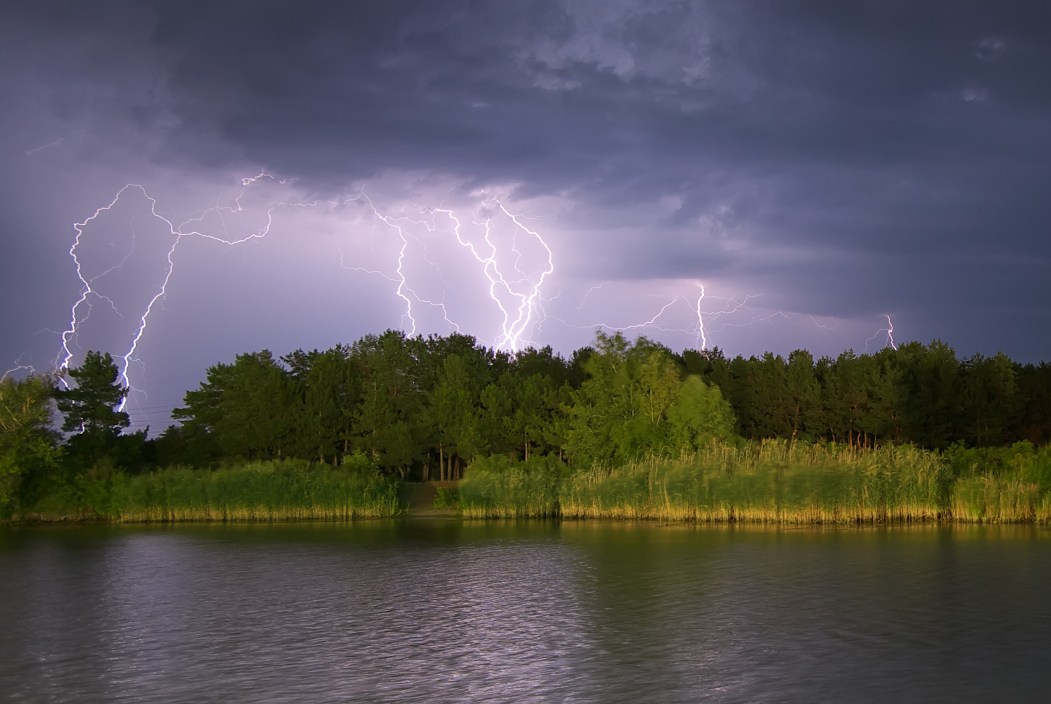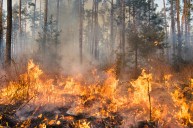A Florida teen has died after being struck by lightning while on a hunting trip with her father.
Baylee Holbrook, 16, and her father, Matthew Holbrook, were hunting just north of Palatka, Florida, about 45 miles outside of Gainesville, late in the afternoon on Sept. 26. They were in a hunting blind near a tree when the tree was hit by lightning, striking both the father and daughter.
Baylee's father lost consciousness and later woke up to find his daughter not breathing and in critical condition. He immediately put her in his pickup truck and drove to the main road, where he attempted CPR until emergency services arrived.
The teenager was then taken to HCA Florida Putnam Hospital until she was stabilized enough to be transported to the pediatric trauma center at UF Health Shands Hospital. On Sept. 28, she was taken off life support and passed away surrounded by her family.
https://www.instagram.com/p/CxyjRhdOL3m/
Baylee was a cheerleader, a field staff member of Swhacker Broadheads, and a beloved part of the Putnam County School District. More than 100 people attended a vigil the night she died to honor her and pray for her family.
Close family friend Willie McKinnon told First Coast News that Baylee was a cheerleader and loved photography but that her passion was hunting. The trip with her dad in the woods during which she was struck by lightning was one they took often.
Backcountry Safety During Lightning Storms

Nestea06, Getty Images
According to the U.S. Centers for Disease Control and Prevention, an average of 28 people die in the U.S. each year from lightning strikes, with most of those deaths occurring in Florida, Texas, Colorado, North Carolina, and Alabama during the summer months.
As a professional mountain guide who works during the warmer months, one of my main priorities is keeping myself and my clients safe from lightning strikes during inclement weather. From seeing lightning at 19,000 feet in Alaska to getting caught on a multi-pitch rock climb during a storm, I have been spooked by lightning too many times to not take it incredibly seriously.
And while sometimes getting struck by lightening is just awful luck, here are some key rules to staying as safe as possible from lightening:
- Before heading out, I always check the weather to ensure that there are no storms building in the near future.
- In mountainous places such as the Rockies, thunderstorms can build nearly every summer afternoon; so I make sure that if I am planning an adventure, I will be back in a sheltered area and not exposed on a high ridge line before the afternoon storms. Often, this means shifting my trips to start very early in the morning
- If I am caught out in the backcountry in a storm and I hear thunder, I turn around and head back to safety, even if it isn't raining. Lightning can strike over 3 miles from storm clouds, so just because you're not in the storm itself doesn't mean you're safe.
- If I'm not able to get to my car or another four-sided shelter (tents offer no shelter from lightning), I head to the lowest ground possible below the treeline, avoiding peaks and ridges as well as tall isolated trees.
- If I'm in a group, I get everyone to spread out and "assume the position": crouching on the ground with feet together, head down, and with their weight on the balls of their feet. The goal is to get as low to the ground as possible without actually lying on the ground.
- If I can, I'll get on an insulated material such as a sleeping pad or backpack.
Then, I wait out the storm. As with any emergency situation, I'm also always ready to give first aid and am prepared with the proper training and a well-stocked first aid kit.
READ MORE: Why Your iPhone's Emergency SOS Cannot Replace a Satellite Phone in the Backcountry




